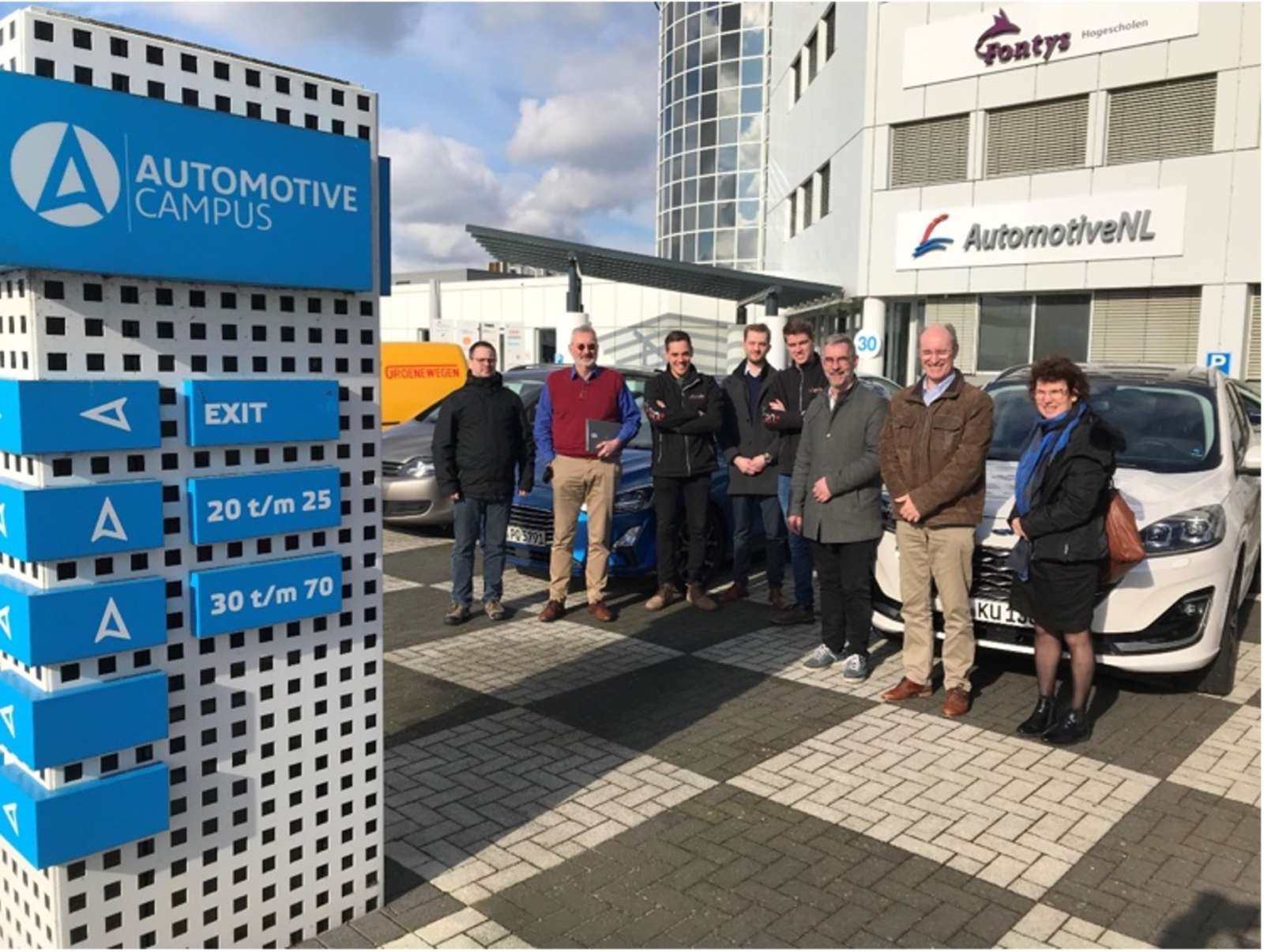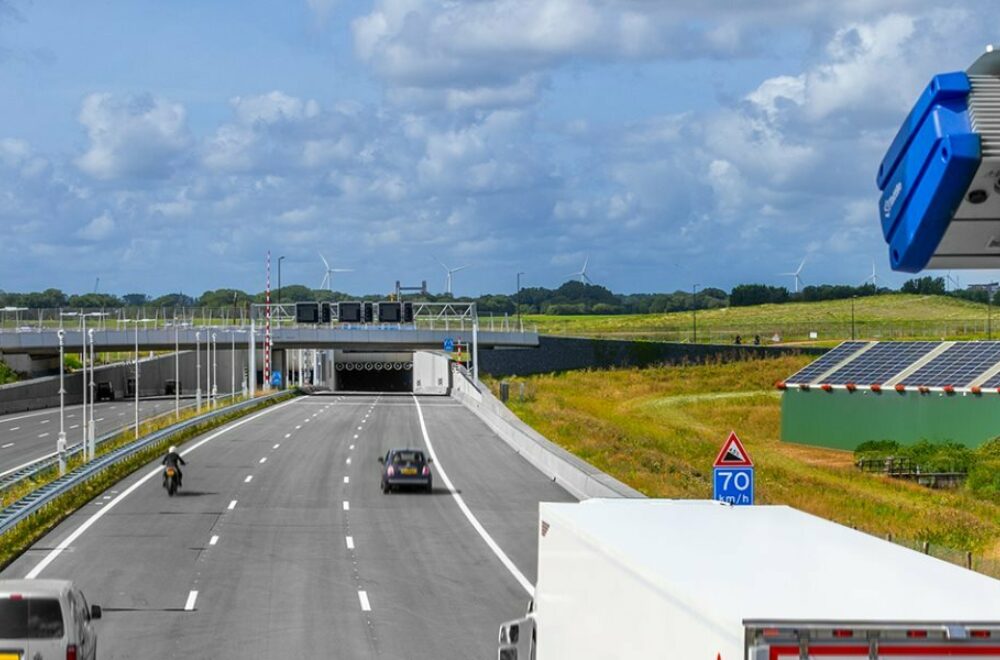
22 février 2022
Green Light Optimized Speed Advisory, GLOSA for short, plays an important role in the traffic management of the future. If motorists receive a speed advisory in their car before a green light, they can anticipate it and adjust their speed themselves. To date, however, intersection controls in the Netherlands are highly adaptive: the information about red and green times is adjusted almost continuously. This makes the data unreliable for motorists. The Innovation & Development (I&O) team of SmartwayZ.NL, together with iVRI suppliers, ITS application builders and service providers, proposed a number of improvements. They tested these improvements last week on sections in Breda and Helmond.
Green Light Optimized Speed Advisory has a number of important advantages, says Paul Bevers. He is team leader of Innovation & Development at SmartwayZ.NL, which plays an important role in the development of CCAM (cooperative, connected and automated mobility). "Drivers can anticipate a green or red light. Driving a car thus becomes more relaxed and comfortable. Less braking and accelerating not only increases road safety, but also the quality of life in towns and cities. If cars can maintain a constant speed more often, they will emit fewer harmful substances. Corridors through which cars move smoothly finally allow the road authority to better distribute traffic over different preferred routes. This is important not only for passenger traffic, but also for freight traffic."
GLOSA pilot for optimization in Helmond and Breda
In order to further optimize the GLOSA system, SmartwayZ.NL is joining forces with authorities in the region and with various market parties: SWARCO and Dynniq Mobility are providing the roadside controls, V-tron and Be-Mobile are ensuring that the speed advice is shown to drivers. Monotch is providing the link with the Dutch data access (UDAP). Vialis, a Royal VolkerWessels company, and TNO are coordinating the evaluation technically and traffic-wise.
On February 14, 15 and 16, the improved GLOSA was tested on routes in Helmond and Breda. In addition to the parties already involved in the research project, the Ford branches in Aachen and Cologne also participated in the test days with their own vehicles. The project team received several hopeful recommendations for the user environment in the test vehicles. In April, SmartwayZ.NL and the involved market parties will share the analysis of the test results.
Continue reading below the image

Ensuring usability of data
"The idea is to extend the existing GLOSA standards and ensure the usability of the data," says Etienne Wieme, project leader Talking Traffic/C-ITS at SmartwayZ.NL. "There is a lot of interest from car manufacturers and service providers, but today the data are not yet usable for driving task support. The biggest obstacle is that intersection control in the Netherlands is highly adaptive. If motorists are first advised that they will get a green light if they keep driving, the system should not tell them a little later that it is going to be a red light after all. That increases irritation rather than the intended comfort. GLOSA will not be used in this way and can therefore not be deployed as a traffic management tool. We want to solve that problem."
"Of course, we also align our developments with what is happening elsewhere in our own country and Europe. In this way, we are taking steps closer to everyday applications such as GLOSA in the Netherlands and Europe. So the pioneering work of SmartwayZ.NL and our partners can certainly have an impact outside the Netherlands as well," concludes Paul Bevers.




